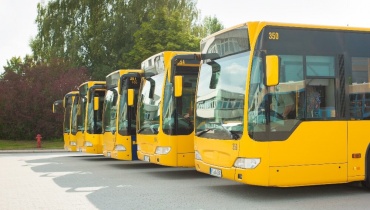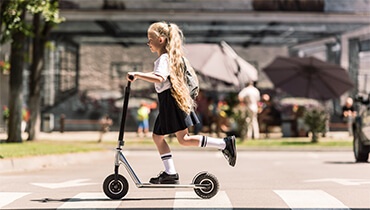Transport Systems
On the Go
In a Flash
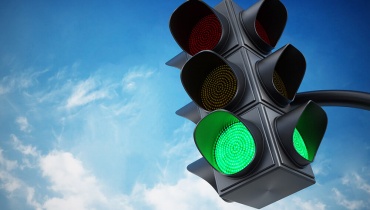
Some forms of transport are more polluting than others.
Transport systems
For most of us, the family car is the most common way of getting from A to B. But finding greener alternatives to our air-polluting cars is much better for our environment – and you might just find that ditching the car is more fun too!
Burning Questions
What is air pollution?
The burning of fossil fuels is a major cause of air pollution in our towns and cities. This can come from power stations, as well as the engines of cars and other vehicles.

Exhaust fumes emit gases like CO2, nitrogen oxide and carbon monoxide.
How do cars affect our environment?
Our cars pump out all kinds of nasty gases, including nitrogen oxide and hydrocarbons, which pollute the air and can cause respiratory problems for some people.
In highly-polluted areas, air pollution can result in harmful smog – a mixture of smoke, gasses and moisture. Nitrogen oxide also contributes to acid rain when it mixes with water in clouds, causing damage to wildlife and plants.
What are the alternatives to taking the car?
There are plenty of healthy and fun ways to get around without going by car.
Here are some ideas:
What Do You Mean?
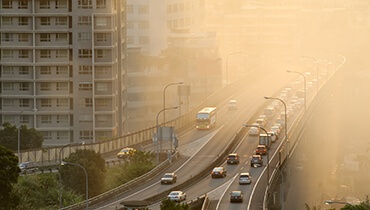
Some cities create heavy smog during peak hour traffic.
Air pollution is the presence of harmful substances in the air.
Smog is a type of fog caused by pollutants in the atmosphere.
Speedy Summary
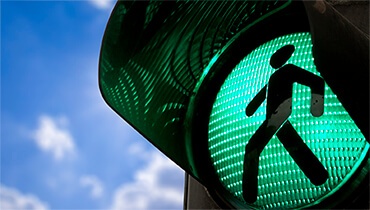
Walking Traffic Light
Different forms of transport have different impacts on our environment. Cars emit harmful gases into our atmosphere, so finding greener methods to get from A to B – like walking, cycling or public transport - is a great way to live more sustainably.
Teacher's Toolkit
Take this to the classroom!
Curriculum ready content.
